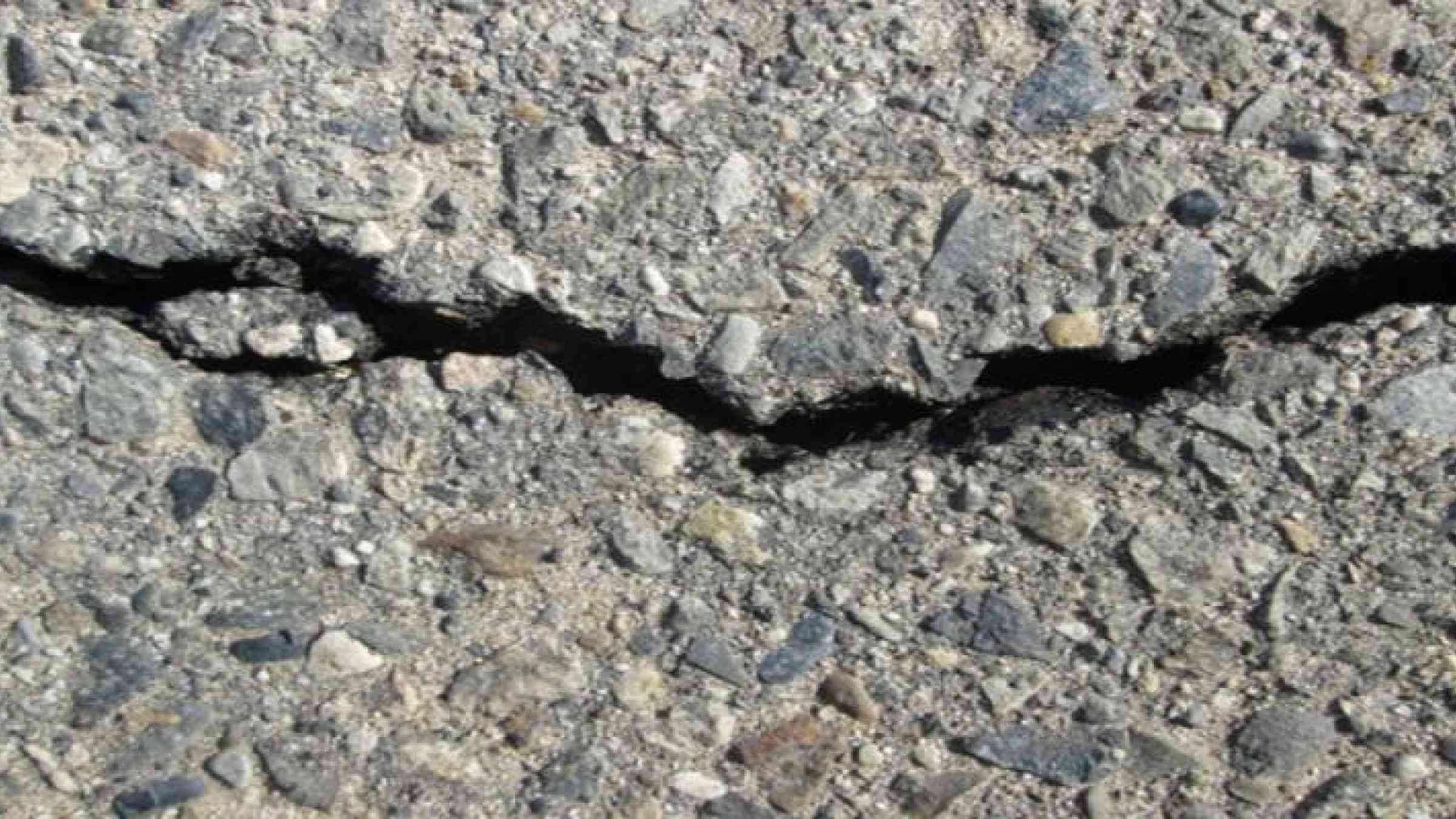AI technology improves critical crack detection in nuclear reactors, bridges, buildings

By Chris Adam
A tiny crack in a nuclear reactor, skyscraper, bridge or dam can cause catastrophic consequences. The Minneapolis bridge collapse, which killed 13 people in 2007, is just one example of what can happen when structural integrity is compromised.
Unidentified or underidentified structural damage in nuclear reactors can be cataclysmic. Inspection of critical systems such as nuclear reactors is complicated and time-consuming.
Videos captured by an automatic crack detection system can easily misidentify small scratches or welds as cracks, so technicians must review videos frame by frame. It is a time-consuming process with opportunities for human errors.
A system under development at Purdue University uses artificial intelligence to detect cracks captured in videos of nuclear reactors. The system analyzes video, frame by frame, to detect any cracks. A video about the technology is available here.
The new system detects cracks in each video frame while the algorithm scheme is capable of tracking the crack from one frame to the next.
“This is a giant leap for inspection technology and being able to reduce accidents, deaths and maintenance costs,” said Mohammad R. Jahanshahi, an assistant professor in Purdue’s College of Engineering, who leads the research team. “It lets the computer do the hard work, and then provides a human operator with quantitative information about the crack such as the thickness and the length of the crack.”
The operator is then able to review the videos and go to the specific frames referenced by the software system to examine the cracks and determine what action may be necessary.
Jahanshahi said the method was tested on 20 nuclear power plant inspection videos, with results showing that this method is more robust than any other approach. He said the system has many potential applications, such as detecting cracks on large buildings, roads and wind turbines.
“Our system is smart and adaptive to allow an operator to use their own data,” Jahanshahi said. “The computer can be reprogrammed based on that data to detect cracks within various structures and different materials.”
The Purdue team believes that the system will become even more useful as robots and drones are used to collect large amounts of visual data.
Team members also said the Purdue artificial intelligence detection system could detect damage and determine the structural health of buildings, roads and dams after earthquakes and other natural disasters.
Their work aligns with Purdue's Giant Leaps celebration, celebrating the global advancements in artificial intelligence of life as part of Purdue’s 150th anniversary. Artificial intelligence, including structural health assessment, is one of the four themes of the yearlong celebration’s Ideas Festival, designed to showcase Purdue as an intellectual center solving real-world issues.
Jahanshahi and his team have worked with the Purdue Research Foundation Office of Technology Commercialization to patent their technologies.